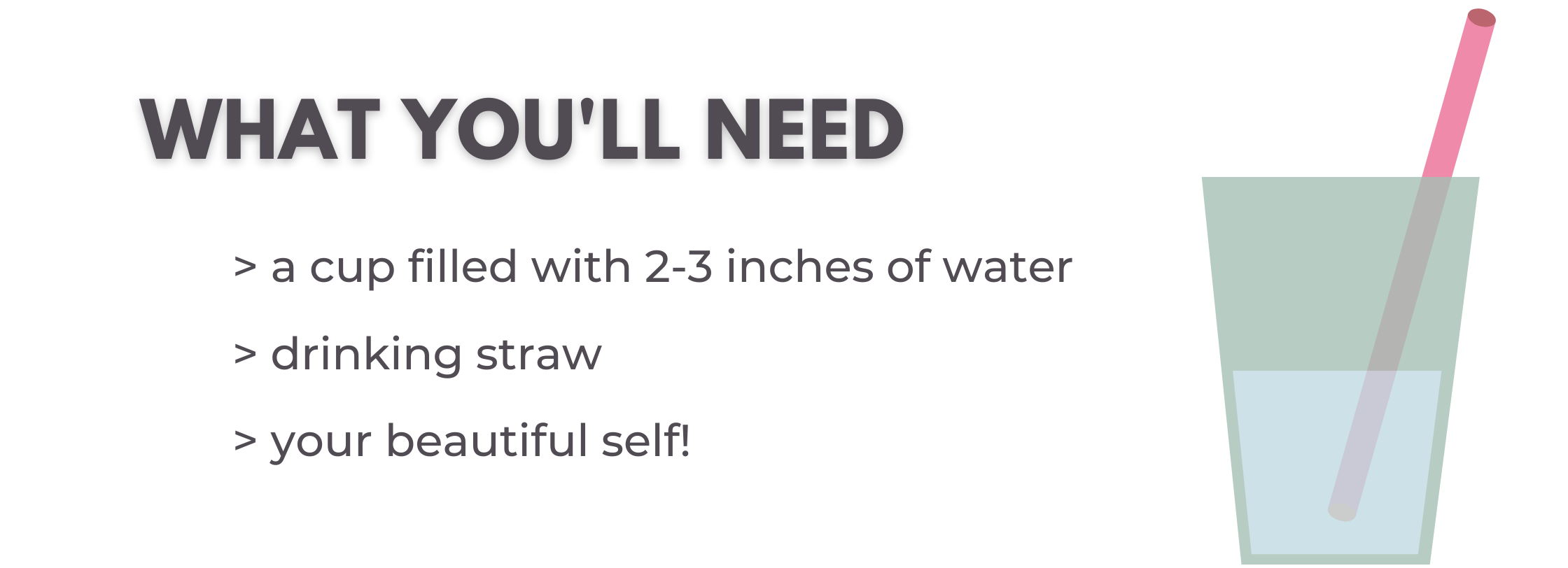What is Head Voice?
THIS BLOG HAS BEEN MOVED TO OUR NEW WEBSITE. GO READ IT HERE.
This is part two of a three part series exploring chest voice, head voice, and mix (or mixed) voice.
It can get confusing with so many terms to learn about the voice. Another one to get familiar with is head voice because it is used often and sometimes misunderstood. Let’s learn a little more about how to find it and what you need to know about the role it plays.
That’s your head voice. Head voice is associated with your upper register.
Did you notice where you felt the sympathetic vibrations?
Most people feel them in their head. That’s why it’s called head voice.
How do we produce head voice?
That’s just a fancy way of saying there are muscles that need to activate for us to sing higher.
These muscles are outside the vocal folds, and they stretch and thin the vocal folds allowing us to go up in pitch.
The cricothyroid (CT) muscles are associated with our upper register and are dominant in the production of head voice.
What?! Aren’t they the same? NOPE.
Falsetto is breathy and weak compared to head voice. It can still be a great stylistic choice though. It can be beautiful and haunting like in The Weekend’s Rolling Stone at 1:30 for example, or Billie Eilish’s Everything I Wanted, also at 1:30.
Head voice is stronger than falsetto. An example of head voice is Maroon 5’s She Will Be Loved in the chorus at 1:18 where he goes up to a B5 on “be”, or the very first line of Arianna Grande’s no tears left to cry. You can hear these examples have a little more strength and aren’t breathy.
Here is the thing. The muscle coordination between falsetto and head voice is different.
In a balanced chest voice, there is still a little bit of that CT (head voice) muscle activation, especially as we go up in pitch.
Same with a balanced head voice, there is still a little bit of TA (chest voice) muscle activity, more or less depending on how intense of a sound we are getting.
When we are in falsetto, the TA (chest voice) muscle essentially let’s go, and we have no thickening or shortening of the vocal folds happening, so we get a thinner and more breathy sound.
As you sing through your range, at any point, there will be a whole range of choices in terms of how much TA or CT you are activating. This is all a version of mix, which we will talk more about in the next blog.
Let me know if you have any questions! Or, drop in some other examples of head voice and falsetto that you like!









